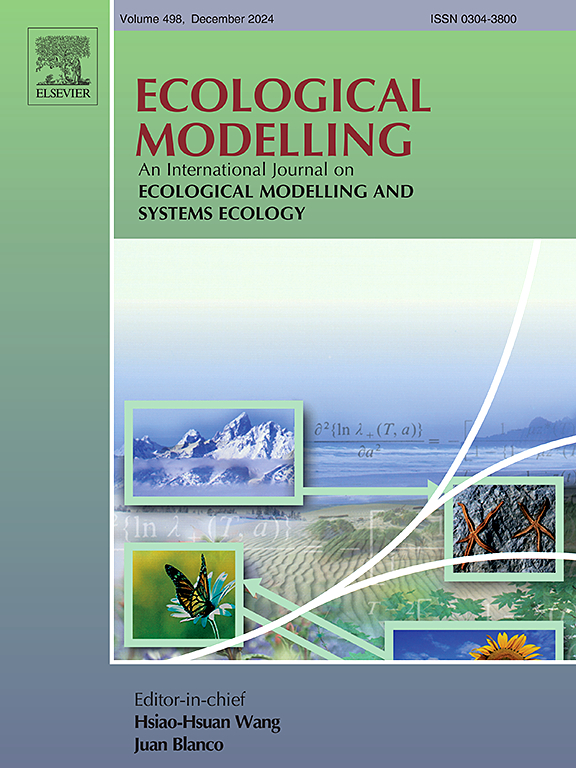Balancing economics and ecology in ocean ecosystems: A bioeconomic predator-prey model
IF 3.2
3区 环境科学与生态学
Q2 ECOLOGY
引用次数: 0
Abstract
This study presents a game-theoretic model that links ecological dynamics with economic decision making in the context of Moroccan fisheries. Focusing on the interaction between European anchovy (Engraulis encrasicolus) and Anglerfish (Lophius budegassa), the model captures predator–prey relationships and enterprise-level fishing behavior. By integrating differential equations with strategic optimization, we analyze how two competing fishing sectors FENIP and MIPROMER can maximize economic returns under biological constraints. The equilibrium solutions derived through Nash-based methods highlight scenarios where both profitability and ecosystem balance can be maintained. These results provide actionable insights for designing more adaptive and sustainable fisheries policies.
平衡海洋生态系统中的经济学和生态学:一个生物经济学的捕食者-猎物模型
本研究提出了一个博弈论模型,将摩洛哥渔业的生态动态与经济决策联系起来。该模型以欧洲凤尾鱼(Engraulis encrasicolus)和琵琶鱼(Lophius budegassa)之间的相互作用为重点,捕捉了捕食者-猎物关系和企业级捕捞行为。通过将微分方程与策略优化相结合,分析了在生物约束下,FENIP和MIPROMER两个竞争渔业部门如何实现经济收益最大化。通过基于纳什的方法得出的平衡解决方案强调了可以保持盈利能力和生态系统平衡的场景。这些结果为设计更具适应性和可持续性的渔业政策提供了可行的见解。
本文章由计算机程序翻译,如有差异,请以英文原文为准。
求助全文
约1分钟内获得全文
求助全文
来源期刊

Ecological Modelling
环境科学-生态学
CiteScore
5.60
自引率
6.50%
发文量
259
审稿时长
69 days
期刊介绍:
The journal is concerned with the use of mathematical models and systems analysis for the description of ecological processes and for the sustainable management of resources. Human activity and well-being are dependent on and integrated with the functioning of ecosystems and the services they provide. We aim to understand these basic ecosystem functions using mathematical and conceptual modelling, systems analysis, thermodynamics, computer simulations, and ecological theory. This leads to a preference for process-based models embedded in theory with explicit causative agents as opposed to strictly statistical or correlative descriptions. These modelling methods can be applied to a wide spectrum of issues ranging from basic ecology to human ecology to socio-ecological systems. The journal welcomes research articles, short communications, review articles, letters to the editor, book reviews, and other communications. The journal also supports the activities of the [International Society of Ecological Modelling (ISEM)](http://www.isemna.org/).
 求助内容:
求助内容: 应助结果提醒方式:
应助结果提醒方式:


